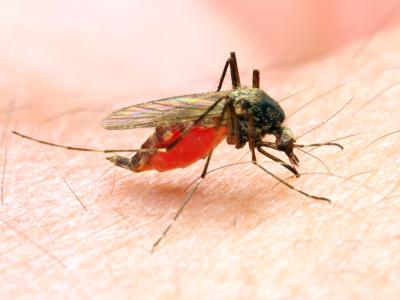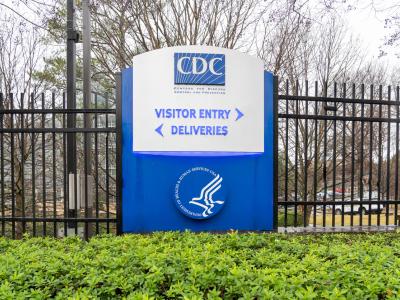US measles cases rise by 41, to 981, highest since 1992
In its regular weekly report on measles, the US Centers for Disease Control and Prevention (CDC) today reported 41 more illnesses since its update the previous week, boosting the year's total so far to 981 cases. The CDC added that this year's number so far is the highest in the United States since 1992 and the highest since the disease was eliminated in 2000.
The number of states reporting cases remained at 26, and the number of outbreaks that are ongoing held steady at 10.
Much of the rise in new cases appears to be from some of the larger outbreaks that are still under way. For example, an outbreak in the New York City boroughs of Brooklyn and Queens as of May 29 has totaled 550 cases, an increase of 15 from the previous week. An outbreak in New York's Rockland County as of yesterday has 255 confirmed cases. And in California, which has had four outbreaks this year with links to international travel, health officials as of May 29 have reported 47 cases.
Last week the CDC warned that if large measles outbreaks continue over the summer the United States could lose its measles elimination status.
Jun 3 CDC measles update
May 29 NYC Health update
Jun 2 Rockland County measles update
May 29 California Department of Public Health measles update
May 30 CIDRAP News story "US measles cases top record, putting elimination status at risk"
Study shows evidence of herd immunity after a decade of HPV vaccination
A new study in Vaccine found evidence of herd immunity in a decade's worth of data on human papillomavirus (HPV) vaccine use in the United States. The study also found dramatic reductions in prevalence of vaccine-type (VT) HPV among women ages 20 to 29.
To conduct the study, published in Vaccine, researchers used information gathered from screenings at Kaiser Permanente Northwest to compare prevalence of VT HPV in two vaccine time periods, 2012 through 2013 and 2015 through 2016—or approximately 6 to 7 and 9 to 10 years after national vaccine introduction in 2006—with the prevalence in 2007. Overall, 12,788 specimens were included in the study.
Among 20- to 24-year-olds, VT prevalence decreased from 13.1% in 2007 to 2.9% in 2015-2016 (prevalence ratio [PR], 0.22; 95% confidence interval [CI], 0.17-0.29). VT prevalence in 2015-2016 among 20- to 24-year-olds was lower in both vaccinated (1.3%; PR, 0.10; 95% CI, 0.06-0.16), and unvaccinated women, (5.8%; PR, 0.45; 95% CI, 0.33-0.61), suggesting herd immunity, or protection even among those who did not receive the vaccine.
Among 25- to 29-year-olds, VT prevalence decreased from 8.1% in 2007 to 5.0% in 2015-2016 (PR, 0.62; 95% CI, 0.50-0.7).
"There was evidence of both direct and herd protection from vaccination with prevalence 90% lower among vaccinated women and 55% lower among unvaccinated women in 2015–2016 compared with 2007," the authors said.
May 31 Vaccine study
H5N6 avian flu outbreak reported in China
China's agriculture ministry has reported a highly pathogenic H5N6 avian flu outbreak in Xinjiang province in the far west of the country, according to a Jun 1 notification from the World Organization for Animal Health (OIE).
The event began on May 24 in the village of Liushuqu, affecting backyard poultry. The virus killed 1,015 of 11,910 susceptible birds, and the remaining ones were culled to curb the spread of the virus. So far, the source of the virus isn't known. China reported its last H5N6 outbreak in February, which affected a poultry farm in Yunnan province in the southwest.
H5N6 has been identified in poultry outbreaks in China and a handful of other Asian nations, but human infections involving the strain have been reported only in China.
Jun 1 OIE report












